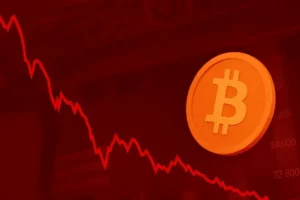
The January Effect: A Review
January is a crucial month for traders as it has historically been a time when stock prices tend to increase. The phenomenon known as the “January effect” refers to the common trend of smaller company stocks (Russell 2000 Index) experiencing a significant surge in value at the start of the year.
In recent years, this effect has manifested itself through an uptick in stock prices due to factors such as:
1. **Tax-loss selling**: As the tax deadline approaches in December and January, investors tend to sell off their underperforming assets to offset their gains from other investments, creating a buying opportunity for smaller companies.
2. **Window dressing**: Large institutional investors, seeking to improve their portfolio’s appearance before the start of the new year, may rebalance their holdings by shifting funds into previously underperformed sectors or stocks, such as small-cap companies.
3. **New Year optimism**: As the calendar flips to a fresh year, many investors become more optimistic about the market’s future performance due to factors like the potential for positive economic trends and improved investor sentiment.
In January, traders may capitalize on these dynamics by focusing on smaller company stocks in anticipation of this effect. They should also keep an eye out for any negative events or unexpected setbacks that could potentially impact stock prices.
Recent years have seen a more muted response to the January effect due to factors such as market uncertainty and broader economic trends, leading many traders to reevaluate their strategies.
To make informed investment decisions, it’s essential to conduct comprehensive research and understand the complex interplay between various market forces.
Source: fxopen.com


